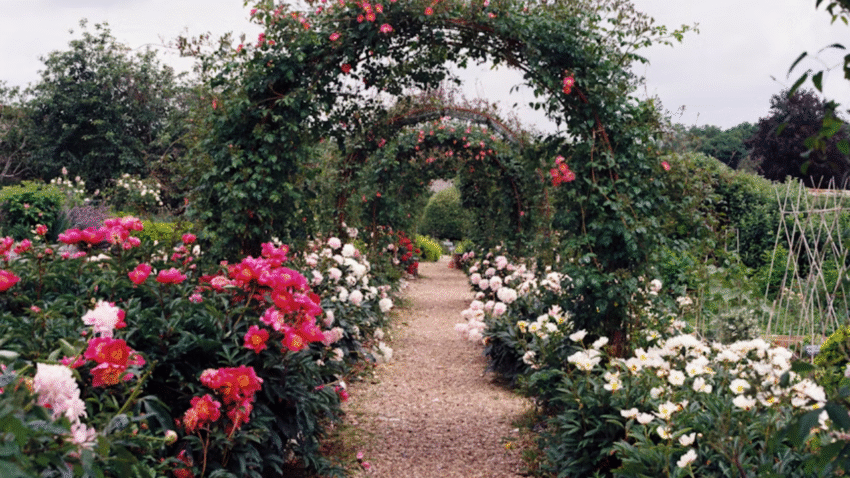Introduction
Ever found yourself wondering, “Am I watering too much—or not enough?” Learning how to test if your plants need water is one of the most important skills you can develop as a gardener. Too little water leads to droopy, stressed plants; too much can drown roots and invite disease. With a few simple techniques, you can easily figure out when and how much to water, helping your garden thrive with less waste and worry. This complete guide will teach you exactly what to look for and how to check your soil moisture like a pro.
Why Testing Soil Moisture Matters in the Garden
Water is essential for every living thing in your garden, but more isn’t always better. Overwatering can suffocate roots by filling air spaces in the soil, while underwatering can stunt growth or kill plants outright.
When you learn to test soil moisture correctly, you:
- Prevent root rot and fungal diseases.
- Encourage deeper, stronger root systems.
- Conserve water by only watering when needed.
- Keep plants healthier and more resilient to drought.
Whether you’re caring for a few pots on a balcony or a large vegetable garden, this simple skill saves you time, money, and frustration.
Step-by-Step Guide to Testing If Your Plants Need Water
1. Do the Finger Test
The easiest way to check soil moisture is with your own hand.
✅ How to Do It:
- Stick your finger into the soil about 1–2 inches deep (for houseplants or small garden plants).
- Feel for moisture.
- If the soil feels dry at your fingertip, it’s time to water.
- If it feels moist and cool, wait another day or two.
✅ Tip: For larger garden beds or shrubs, dig down about 4–6 inches with a small trowel to check deeper soil.
2. Use the Chopstick or Skewer Method
A wooden chopstick, kebab skewer, or even a popsicle stick can help you test moisture levels without disturbing roots.
✅ How to Do It:
- Insert the stick into the soil near your plant’s root zone.
- Leave it for a few minutes, then pull it out.
- If it comes out clean and dry, your plant needs water.
- If it comes out with moist soil sticking to it, wait to water.
3. Observe Your Plants Carefully
Your plants will show signs if they’re thirsty—or drowning.
✅ Signs a Plant Needs Water:
- Wilting leaves that perk up after watering.
- Dry, crumbly soil pulling away from the edges of a pot.
- Slow growth or droopy stems.
✅ Signs of Overwatering:
- Yellowing leaves that fall off.
- Mold or fungus on the soil surface.
- Soil that stays soggy for days.
Note: Some plants wilt temporarily in hot sun but perk up in the evening. Always check the soil before you add water to be sure.
4. Try the Soil Moisture Meter
A soil moisture meter is an inexpensive tool that can give you a more precise reading.
✅ How to Use It:
- Insert the probe into the soil to root depth (usually 4–6 inches for garden beds).
- Wait a few moments for the needle or digital readout to stabilize.
- Use the meter’s guide to determine whether your soil is dry, moist, or wet.
✅ Tip: Wipe the probe clean after each use for accurate readings.
5. Lift Containers to Judge Weight
If you grow plants in pots or raised beds, lifting the container is an easy test.
✅ How to Do It:
- Pick up the pot—carefully, of course!
- Compare its weight when dry versus after watering.
- Light pot = probably dry.
- Heavier pot = still has plenty of moisture.
Over time, you’ll get good at judging when it’s time to water just by feel.
Common Mistakes to Avoid
✅ Mistake 1: Watering on a Set Schedule
Many gardeners stick to a rigid watering schedule rather than checking their soil first.
Solution: Test soil moisture regularly and water only when needed.
✅ Mistake 2: Only Checking the Surface
The top inch of soil dries out faster than the root zone.
Solution: Always check a few inches below the surface.
✅ Mistake 3: Overwatering “Just in Case”
Roots need air, too—constantly soggy soil can suffocate them.
Solution: Let soil dry slightly between watering.
✅ Mistake 4: Watering Too Quickly
A fast sprinkle may only wet the surface.
Solution: Water slowly so moisture soaks in deeply.
✅ Mistake 5: Ignoring Plant Type
Different plants have different moisture needs. Succulents like it dry; lettuce likes it moist.
Solution: Learn your plants’ preferences and test accordingly.
Extra Tips & Garden Hacks
💧 Mulch to Retain Moisture
Adding a 2–3 inch layer of organic mulch keeps soil moisture more stable and reduces how often you need to water.
🌱 Water in the Morning
Watering early helps plants absorb moisture before the heat of the day and reduces evaporation.
🪴 Use Self-Watering Containers
For busy gardeners, self-watering pots can help maintain consistent soil moisture.
🌿 Group Plants by Water Needs
Keep thirsty plants together and drought-tolerant plants separate for easier care.
✨ Related Article: Check out our guide on how to mulch a vegetable garden properly—it’s a great way to keep soil moisture consistent!
Conclusion
Learning how to test if your plants need water is one of the simplest yet most powerful gardening habits you can build. With a few easy checks—like the finger test, chopstick method, or moisture meter—you’ll know exactly when to water, helping your plants thrive while saving time and resources.
🌿 Bookmark this guide, trust your soil checks, and watch your garden flourish with just the right amount of water!
